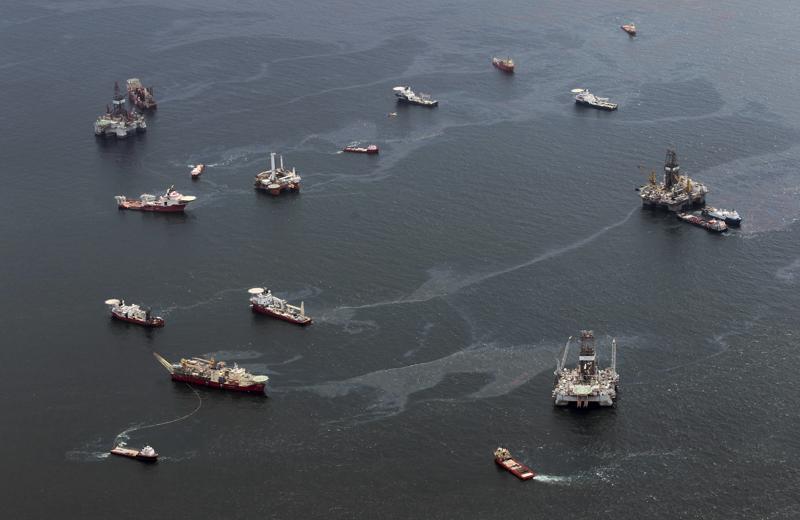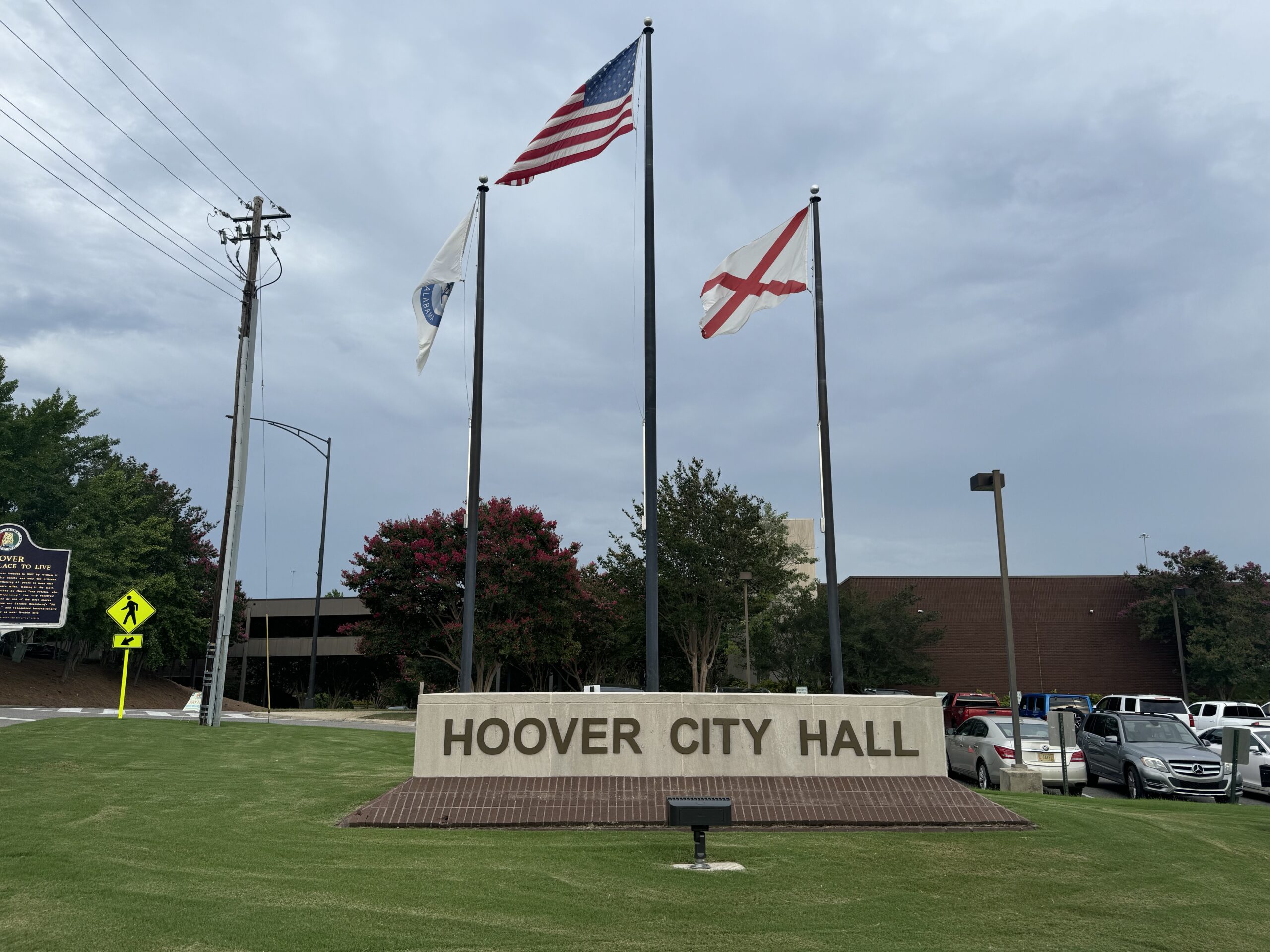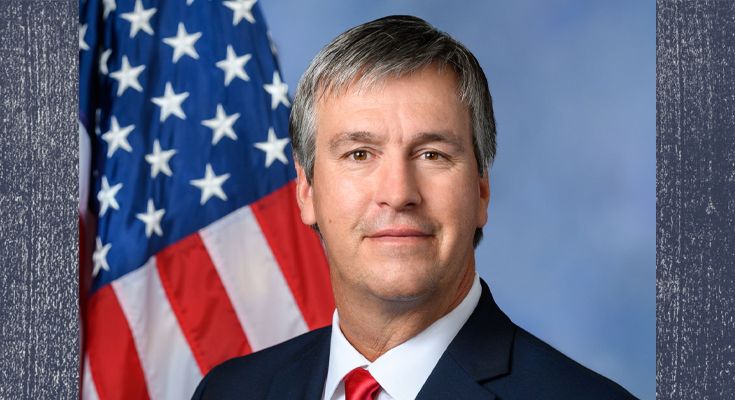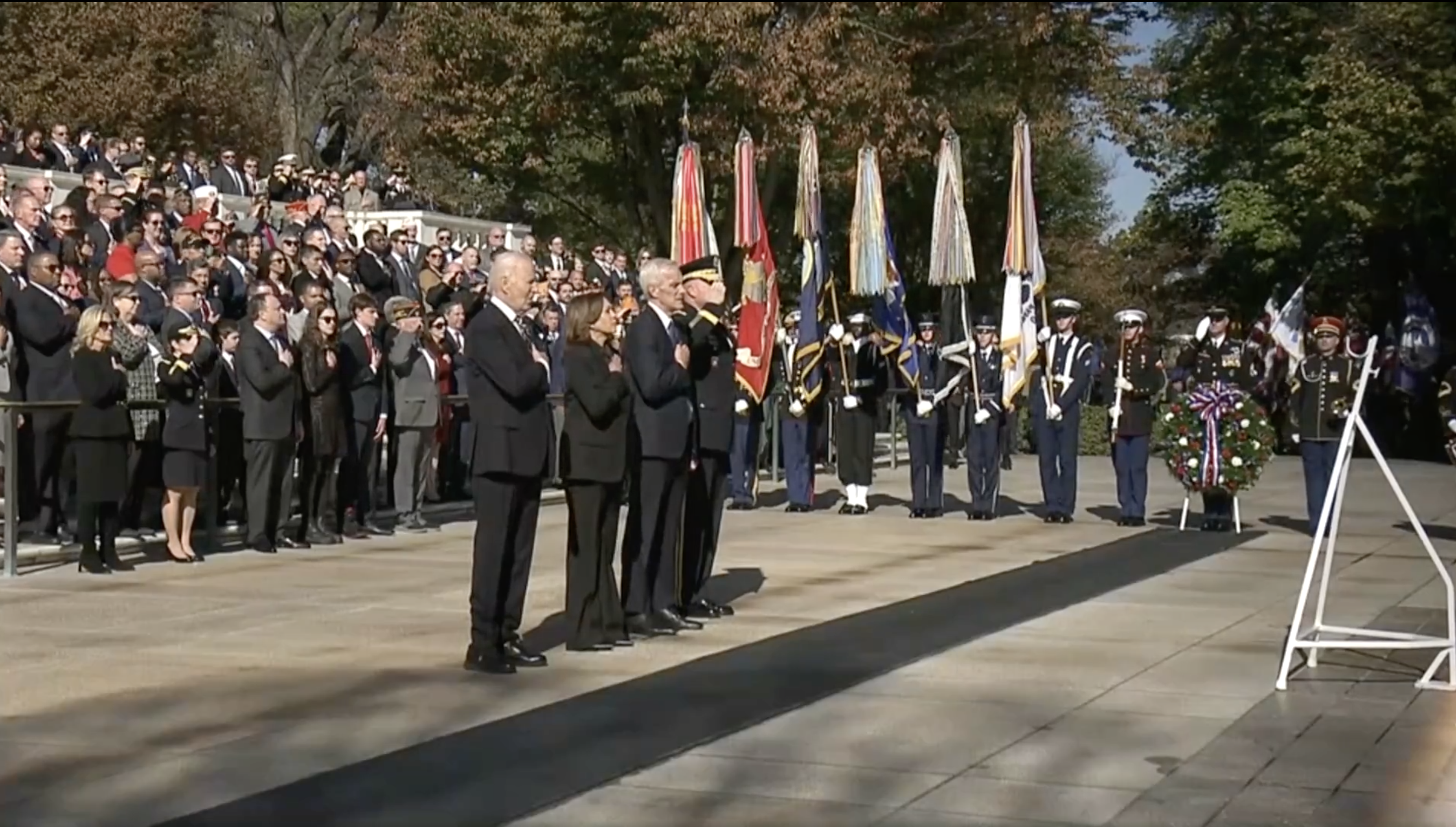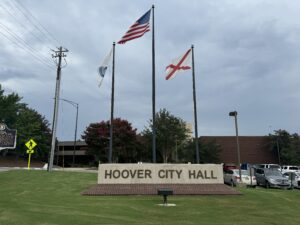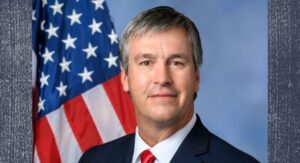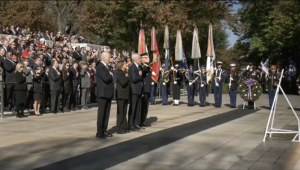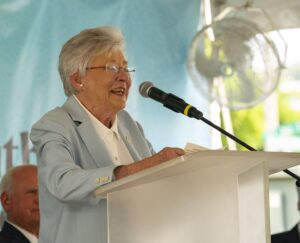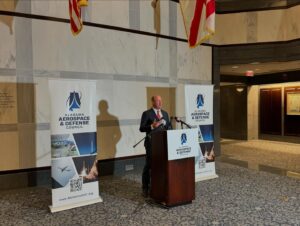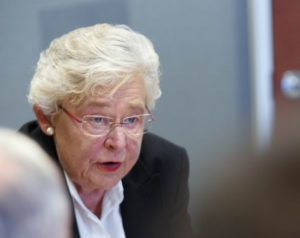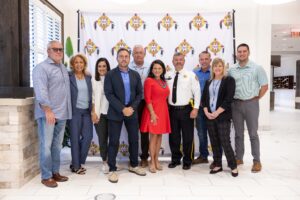On Friday, David Rainer with the Alabama Department of Conservation and Natural Resources reported that the Deepwater Horizon settlement has paid for over $1 billion of projects in the state.
Alabama Department of Conservation and Natural Resources (ADCNR) Commissioner Chris Blankenship spoke at last weekend’s Conservation Advisory Board meeting in Huntsville to update the Board on the numerous projects in the state under ADCNR oversight.
“The big takeaway is we have $1 billion, $29 million in projects underway in Mobile and Baldwin counties that we are managing through our Deepwater Horizon Section,” Commissioner Blankenship said. “That is 176 individual projects. That’s a lot of money and a lot of work going on. We have six people in that section, and they’re doing a very good job of managing projects that will make generational changes on the Gulf Coast.”
Blankenship said that ADCNR’s Deepwater Horizon Restoration Coordinator, Amy Hunter, and her staff oversee the projects funded by the settlement.
“We never want to go through another Deepwater Horizon event, where 11 lives were lost,” Blankenship said. “It was a terrible, terrible event for our coast. However, we’re trying to do good work with the money that came from that settlement.”
Among those projects are ones to replenish and protect Alabama’s living coastal and marine resources.
“That includes restoration of oysters and oyster reefs,” Blankenship said. “We’re building about $30 million in artificial reefs. We’re increasing funding for research for stranding response for marine mammals and sea turtles, conservation of bird nesting and foraging habitat, as well as construction of a wildlife rehabilitation center and sea turtle triage facility in Orange Beach.”
Another funding goal is to support and enhance community resilience during environmental or economic crises. The $65 million in projects includes constructing the Auburn University Gulf Coast Engineering and Research Center in Orange Beach to improve engineering in the coastal environment.
The projects include a new Alabama Department of Environmental Management (ADEM) office that is under construction on the coast. The Alabama Seafood Commission is funded, as well as Fairhope’s Working Waterfront and Green Space initiative.
“Resilience is important for all of our state but particularly our coastal areas,” Blankenship said. “We’re working to make us more resilient during storms or drought or economic downturns, things that make our communities stronger when we have negative impacts in our state. As an aside, Governor [Kay] Ivey, by executive order, created a resilience council just a few weeks ago, and the Commissioner of the Department of Conservation is one of the members.”
Funding will also be used to provide and enhance economic development and infrastructure.
Eleven projects, totaling $197.5 million, include the construction of the Africatown Welcome Center, which will house a portion of the Clotilda. The Clotilda, discovered in the Mobile-Tensaw Delta, was the last slave ship to transport slaves from Africa to the United States. Another project that received funding was the construction of a roll-on, roll-off facility that will facilitate the export of cars and trucks that are built in Alabama. Road improvements in Baldwin County are also included in this funding.
There is evidence that the Deepwater Horizon oil spill has had a long-term impact on the stability of the marshy shores of the Gulf of Mexico. A recent scientific paper presented findings that the oil has impacted marsh grass has led to the soil continuing to crumble away at a faster rate than before the spill, causing the shoreline to retreat more rapidly than it would otherwise.
About $401 million is being used to restore, conserve and enhance habitat in coastal Alabama.
“This is primarily land acquisition,” Commissioner Blankenship said. “So far, we have acquired more than 13,000 acres of land in coastal Alabama to protect and provide recreational access. That includes the west end of Dauphin Island, Grand Bay Savanna, Pilot Town on Fort Morgan, Gulf Highlands property on Fort Morgan, which is one of the last undeveloped areas of the beach that was not part of Fort Morgan or the Bon Secour National Wildlife Refuge. It also includes multiple parcels in Weeks Bay, parcels at Dauphin Island, Oyster Bay, and we have purchased three parcels in the Three Rivers area that we have transferred to the Bon Secour National Wildlife Refuge.”
Land acquisition includes tracts along the Perdido River watershed to provide a wildlife corridor from the Perdido River Wildlife Management Area to the Lillian Swamp Forever Wild property.
“We have been working for the past six years to connect those wildlife management areas,” Commissioner Blankenship said. “It will be a distinct wildlife corridor with about 50 miles of river frontage.
The Deepwater Horizon exploded on April 2010, leading to the release of 200 million gallons of oil being released into the Gulf of Mexico.
“When that work is done, we will have well over 30,000 acres along the Perdido River for public access, hunting, hiking, canoe trails, and river frontage from near the headwaters all the way to Perdido Bay in public ownership,” Blankenship said. “We have used more than eight different funding sources to acquire this property. This shows how working together with our divisions and the Deepwater Horizon Section has been really successful at putting all this together for the people of Alabama for perpetuity.”
Another $159 million is committed to improving water quality in coastal Alabama through sewer and septic tank mitigation.
“We are working with the utilities to avoid sanitary sewer overflows to improve water quality,” Commissioner Blankenship said. “Using Deepwater Horizon and GOMESA (Gulf of Mexico Energy Security Act) funding, we have done several septic to sewer conversions in the coastal areas, like Fowl River, Grand Bay, and Bayou La Batre, that are really close to the water.”
The effort to provide and enhance recreation and public access will receive $147 million in funding.
“During the oil spill, it wasn’t just the environment that was impacted. It was also the people,” Commissioner Blankenship said. “We lost recreational access to the beaches, fishing, and a lot of other activities. As part of the Natural Resource Damage Assessment (NRDA), a large portion is dedicated to recreational use to include projects at our State Parks. Gulf State Park and its 28 miles of trails is probably the most obvious example of that. But we are also expanding the campground at Meaher State Park on Mobile Bay, a trail on Fort Morgan, and blueway and greenway development in the City of Mobile. That also included improvements to Gulf State Park Pier, which was finished just as Hurricane Sally hit. And the Fort Morgan Pier was rebuilt. Scott Bannon and Marine Resources oversaw that construction.”
Blankenship said that $39 million in GOMESA funding was received this year, and projects will be announced by Alabama Governor Kay Ivey this summer.
Previously, more than $120 million in GOMESA funding has been used for multiple boating access improvements, land acquisition, and other public access for parks on the water.
To connect with the author of this story or to comment, email brandonmreporter@gmail.com.
Related
Share via:

